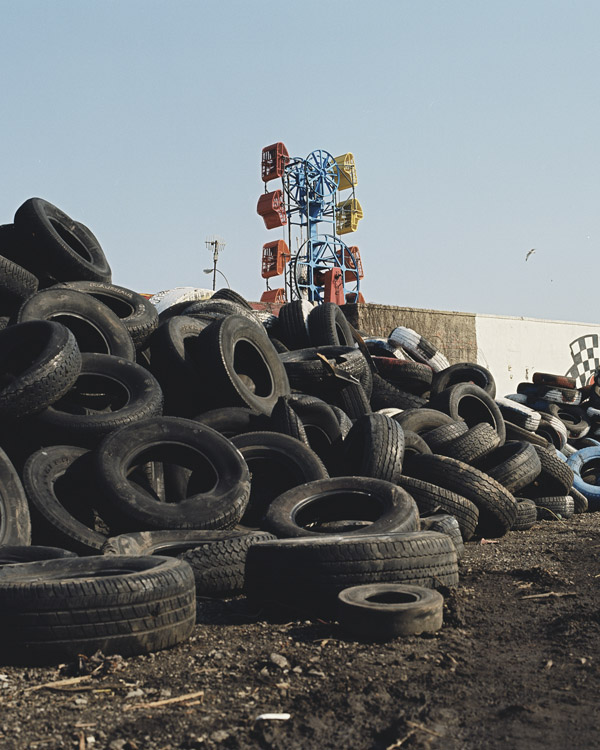
Megaphone in hand, Rev. Billy lends his voice to the protest.
Doc serves a selective slice of Coney Island history
BY TRAV S.D. | In 2011, the Coney Island amusement district boasted its highest attendance figures since 1964, the year that Steeplechase Park closed — and the numbers have been climbing ever since. But you’d never know that, or the fact that Coney Island is in the best shape that it’s been in five decades, by watching “Zipper: Coney Island’s Last Wild Ride,” a new documentary.
FILM
ZIPPER: CONEY ISLAND’S LAST WILD RIDE
Documentary
Directed by Amy Nicholson
Opens August 9
At IFC Center
323 Sixth Ave., at W. Third St.
Info: 212-924-7771
Tickets: ifccenter.com
Visit zipperfilm.com
Director Amy Nicholson uses the story of the eviction of Eddie Miranda, one of Coney Island’s independent ride operators, to paint a grossly distorted picture of doom and gloom about the present and future of the historic neighborhood — not so much implying as allowing people to falsely state outright that the amusement park is over and done with.
The film seeks to achieve this with a seemingly endless string of slanted assertions and deceptive omissions. For example, Nicholson presents attendance figures on a roller coaster graph, that happens to stop on a steep downward slope in 2009, at a time when the shabby, 40-year-old Astro Land had been torn down to make way for the gleaming, state-of-the-art Luna Park which stands there today, entertaining hundreds of thousands of visitors.

The only mention of Luna Park happens when some graphics inform us that the land where Astroland stood has now been “leased by a multinational corporation.” The film neglects to mention the small detail that it was a multinational amusement corporation, i.e. an amusement park. Another important omitted fact: While the amusement district has been rezoned and shrunk in size from 60 acres down to nine — which sounds calamitous — almost all of that acreage has not contained any amusements since the mid-20th century, and much of it well before. And there have been no concrete plans by anyone to spend the millions of dollars to build any in future. In practical terms, aside from a handful of tangential independent operators like Miranda (offering games and rides you can find at any state fair), there has been no effective reduction of the Coney Island amusement park whatsoever. In fact, every year since 2010 has seen further additions and enhancements to the park, and the city has just announced the construction of yet another new roller coaster. The film disingenuously makes it seem like it’s not just the Zipper ride, but all of Coney Island that is forever gone.
When not skewing reality by leaving out facts, Nicholson sabotages those aspects of reality that don’t serve her thesis, as when she plays “the Blue Danube Waltz” underneath a series of talking heads (community, political and business leaders) as they discuss possible plans for the area, undermining their rational discussion with a sophomoric and downright rude irony more appropriate for a junior high school cafeteria. Then to belabor it, she leaves the camera rolling on one speaker well after he’s done talking, to allow the audience to hoot and laugh at him in the dead space when he doesn’t know he’s still being filmed. What is this, summer camp?
If you can get past the highly skewed, selective nature of the story-telling, you will find some excellent rare old clips of Coney in bygone days in the film, as well as some valuable documentation of the dismantling of some of the older attractions in recent years and good interviews with most of the major players — including real estate developer Joe Sitt (the villain of the piece), whom has seldom gone before the media to make his case, such as it is.
Hopefully one day, this story of transition and renewal will receive a balanced telling. You won’t find that in this film, however.

















